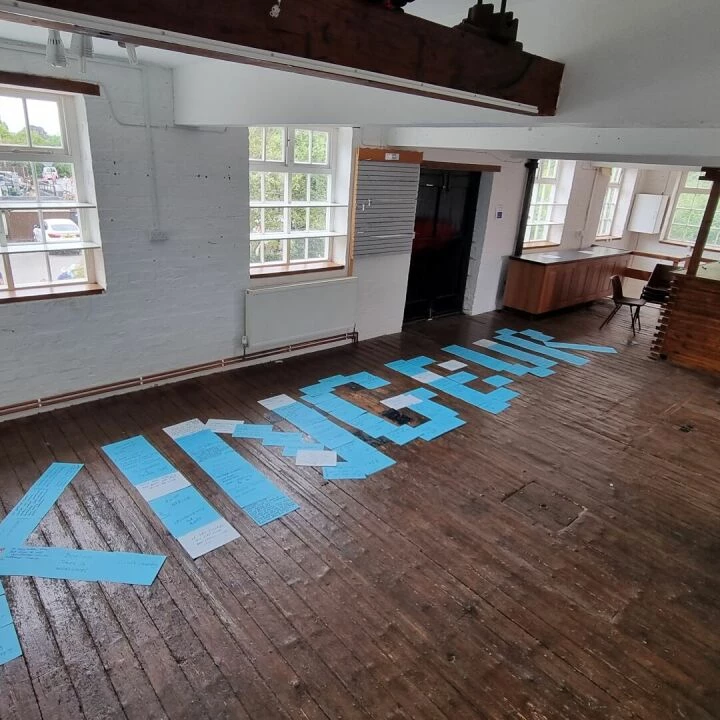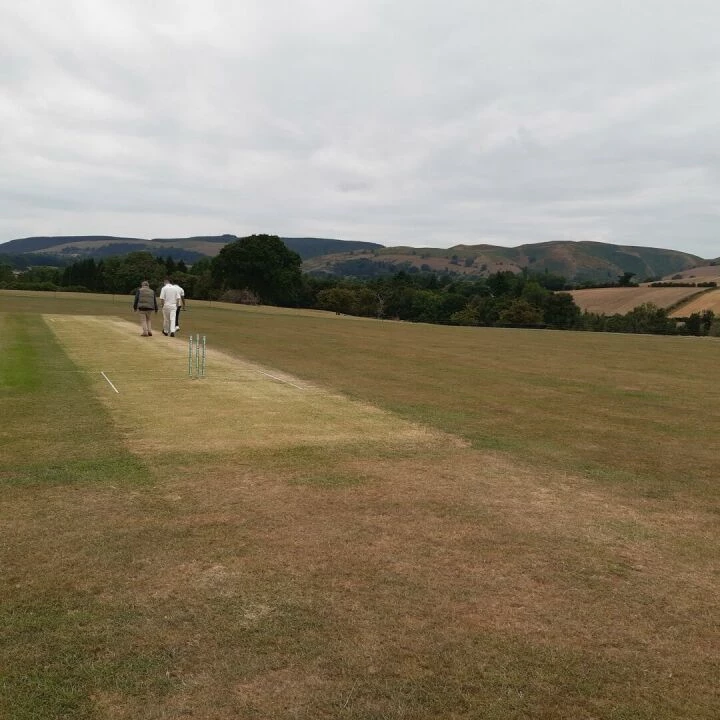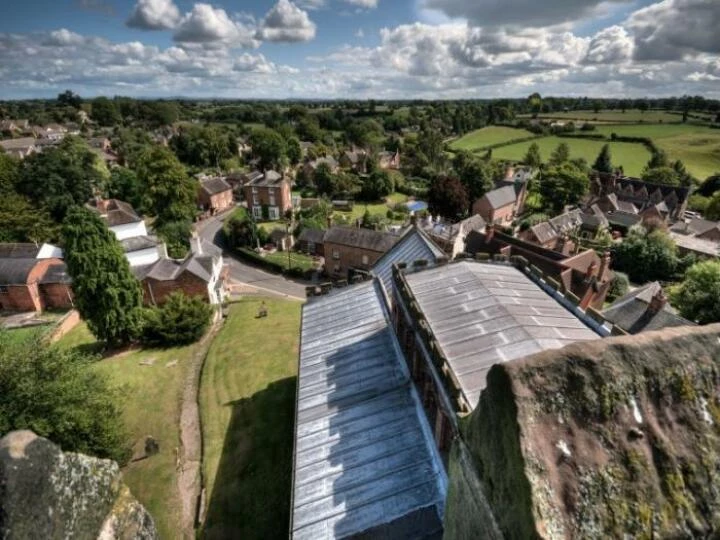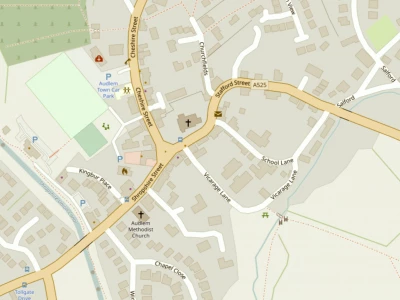







The 19th of May 1649 – England became a Commonwealth
It is hard to define the precise moment at which Civil War England became a republic, or Commonwealth as Cromwell and his allies dubbed it.
Beheading Charles I may be rather more than a clue, but even before his execution at Whitehall on January 30 1649 Parliament on January 4 had to decide that power derived from the people – still perhaps a revolutionary principle in British constitutional terms (and where do we get the idea we have never had a revolution by the way?) – thus justifying the trial of the reigning monarch for treason.
After the death of Charles the monarchy was abolished, as was that other anomalous institution The House of Lords. But perhaps the decisive moment was on May 19 1649, when the Rump Parliament passed an act that in stark and formal terms declared England to be a Commonwealth, a momentous step.
Unlike the situation that would apply 140 years later in France, the upper middle classes very much retained their grasp on power in England – the leadership of the far more democratically inclined Levellers was arrested at the end of March, and just five days before the declaration of the Commonwealth the Levellers in the army were hit at Burford . And of course the Rump Parliament was packed with the landowning gentry.
Still, for a brief decade England managed without a monarch, bringing Scotland and Ireland into the republican fold as Cromwell marched on. But the Commonwealth was soon not to his liking, and the land slipped into a Protectorate, for which read dictatorship.
This article is from our news archive. As a result pictures or videos originally associated with it may have been removed and some of the content may no longer be accurate or relevant.
Get In Touch
AudlemOnline is powered by our active community.
Please send us your news and views using the button below:
Email: editor@audlem.org


